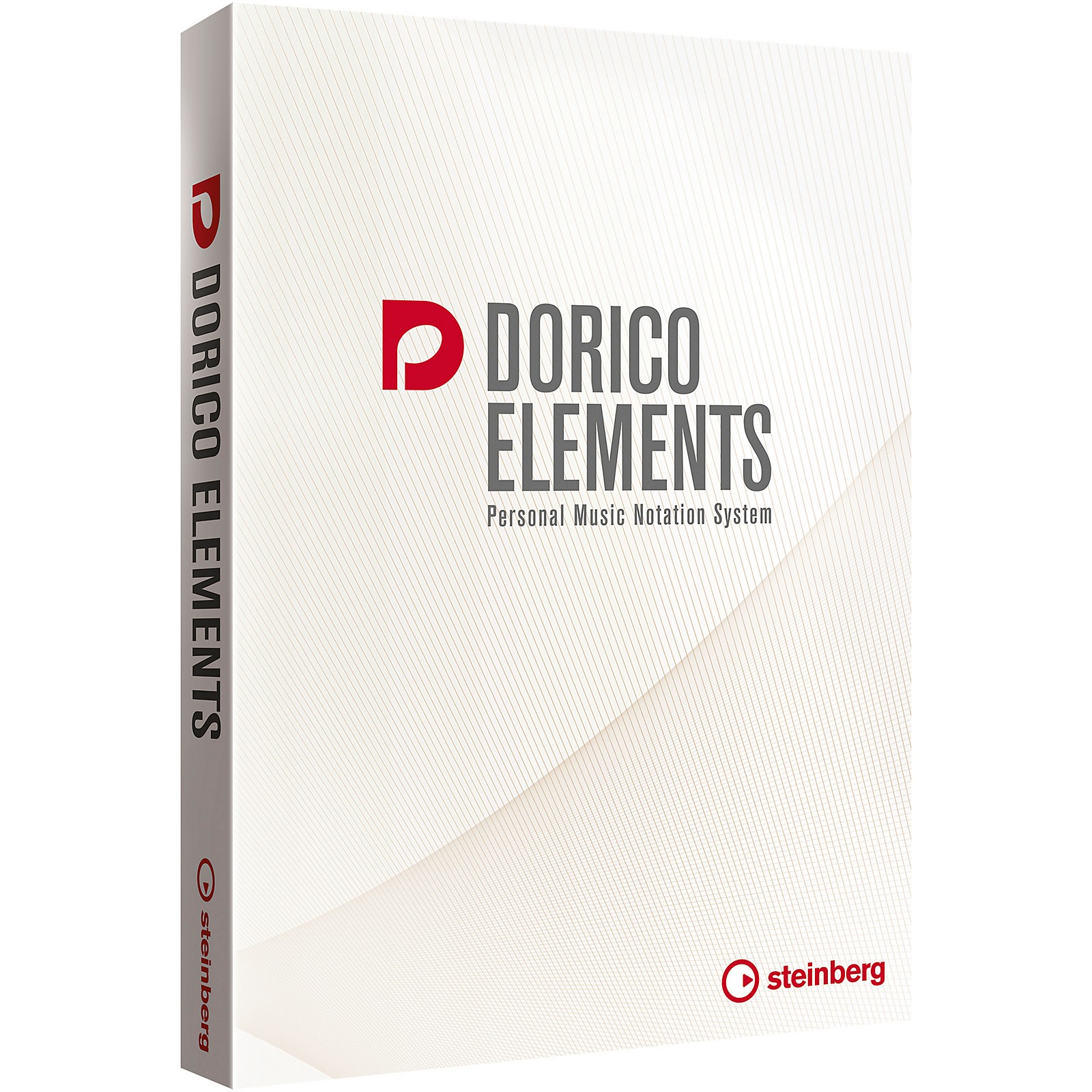

Fortunately, this turned out to be quite feasible, and by the end of 2020 we were able to run development builds of Dorico itself, minus its audio engine (so with no playback of any kind), natively on the new M1 Macs that were just appearing. So we set about building the existing version of Qt for Apple silicon ourselves, despite the fact that this was not recommended or supported by the Qt Company. It became clear that we were going to need to have a contingency plan. The Qt Company announced that support for Apple silicon CPUs would likewise not arrive until a second maintenance release even further into the future. However, the Qt 6 schedule slipped, with updates to several of the key components of the framework that Dorico relies upon pushed out to subsequent releases beyond the initial 6.0 release. Again, we wanted to be able to take advantage of the new capabilities in this new framework as soon as possible, and if the Qt Company stuck to their published schedule, this was looking feasible for our planned Dorico 4 timeline. It so happened that the Qt Company were also in the middle of a large technology shift themselves, with the forthcoming release of Qt 6, the first major new version of the framework in the better part of a decade. In order to run natively on Apple’s new Macs, we would need a version of Qt that would run natively too, and at the time we were planning Dorico 4, it wasn’t clear when that might arrive. Through a quirk of history, three of the four main desktop music notation applications (Finale being the exception) are built on top of the Qt cross-platform application framework.
DORICO STEINBERG SOFTWARE
The majority of Dorico users worldwide run the software on Mac computers, so it was important for us to be as aggressive as possible in adapting Dorico to take advantage of the greater power and efficiency of these new systems. In June 2020, very shortly after the release of Dorico 3.5, Apple announced at their World Wide Developers’ Conference (WWDC) that they were beginning a transition away from the Intel architecture that had been at the heart of their Mac computers for fifteen years to their new Apple silicon ARM-based architecture, with a target of completing that transition within two years. ( Dorico for iPad nearly takes that honour, but in fact some initial prototyping and discussion had been made in 2019 as we mulled over when would be the right time to begin work on that project.)Ĭhanges in technology certainly played their part, too.

Certainly the ongoing global pandemic was a factor, though the Dorico team and indeed everybody at Steinberg has shown remarkable flexibility and focus to be able to quickly adapt to radical changes in our working lives, and Dorico 4 is the first product that we have conceptualised, built and delivered while working completely remotely. At that point, we expected that Dorico 4 would be released in May or June 2021, but a unique combination of circumstances led to us changing our plans significantly before the end of 2020. It’s been a long time since the release of Dorico 3.5, back in May 2020.


 0 kommentar(er)
0 kommentar(er)
